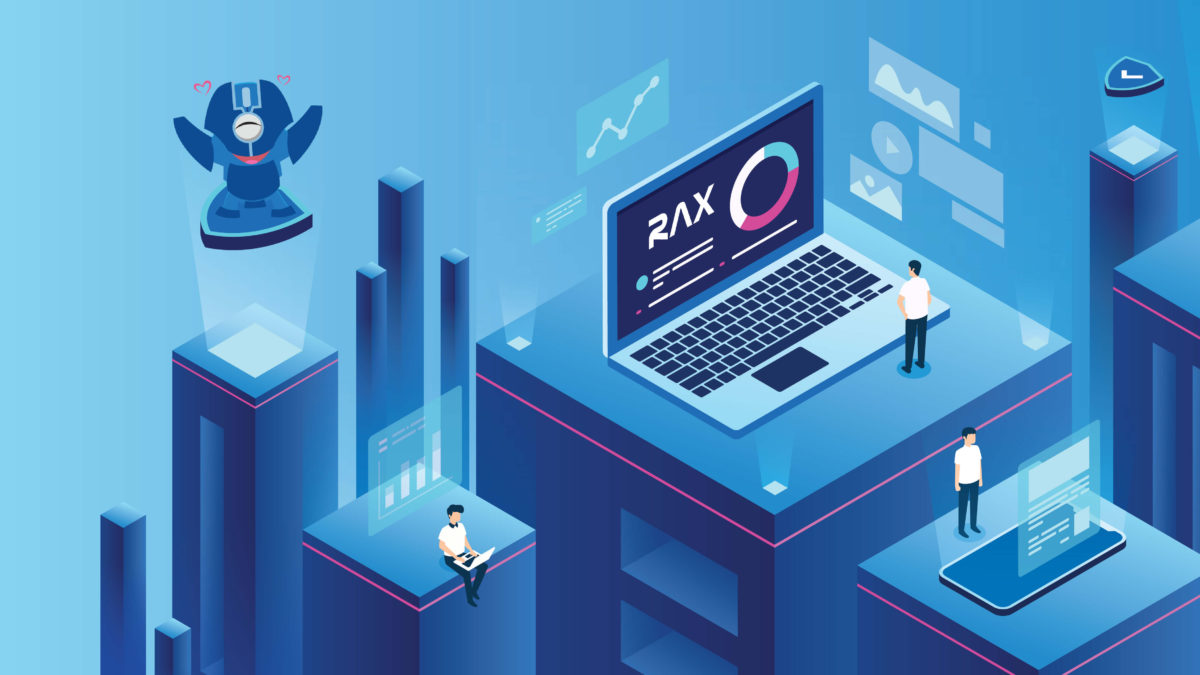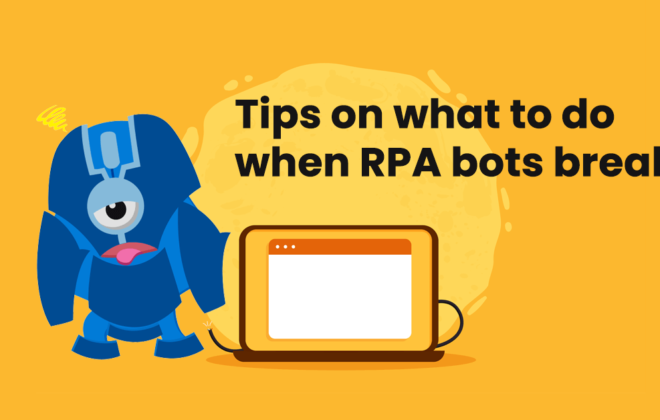What You Need to Know About Hyperautomation
At this age, everything moves fast. In business, customer desires, technological advances, organizational requirements, as well as financial constraints and regulations require business leaders to run at a furious pace without slowing down.
Businesses of every size and across various industries have adapted and capitalized on the benefits of intelligent technology like robotic process automation (RPA) and intelligent automation to meet ever-changing and highly complex business challenges.
While chief thinking officers keep searching for modern solution tools, a new automation trend has popped on their radar.
Gartner named hyperautomation as one of its Top 10 Strategic Technology Trends for 2020. It describes hyperautomation as a trend that “enterprises need to consider” as part of their technology plans and which will have a “profound impact on people across industries and geographies.”
Gartner also defines hyperautomation as a technology that “deals with the application of advanced technologies including AI and machine learning to increasingly automate processes and augment humans.”
This new intelligent automation amplifies the ability of RPA to tackle more complex end-to-end processes by bringing in several components of artificial intelligence (AI), analytics, process mining, decision management, machine learning (ML), natural language processing (NLP), and other discovery tools to the project workflow.
RPA has delivered fast digital transformation to businesses that focused on automating simple rules-based tasks, but the focal point will shift to achieving greater impact and higher return on investment by managing knowledge work. With the combination of more sophisticated automation technologies, software robots can now interact with business users across core business processes, directly impacting customer experience and satisfaction.
What are the key benefits of hyperautomation?
The advantages of RPA are numerous but with the emergence of hyperautomation, imagine how it will double the impact of these benefits.
According to UiPath, hyperautomation will rapidly identify and automate all possible business processes with an evolving set of Al technologies. As mentioned, this trend pushes for the smart combination of cognitive automation tools, intelligent optical character recognition (OCR), and AI computer vision to augment the human workforce.
This will also boost human-to-human engagement as it will enable everyone in an organization to contribute to the company’s automation project. It will involve not just the traditional RPA developers and testers, but also subject matter experts, business analysts, and business users.
With hyperautomation, chief thinking officers are empowered to manage the full cycle of his company’s automation at a big scale – from discovering automation opportunities to measuring the ROI.
Businesses must stay ahead of this trend
On our previous article, we take a look back on how RPA drastically changed the way businesses grew over the past few years. It grew to become a mainstream technology and industry in light of positive data and higher-than-expected growth predictions.
Today, more studies indicate that businesses remain bullish about the topic. In Gartner Predicts 2020: RPA Renaissance Driven by Morphing Offerings and Zeal for Operational Excellence report, the research firm believes that “By 2024, organizations will lower operational costs by 30 percent by combining hyperautomation technologies with redesigned operational processes.”
This means businesses must rapidly automate all possible businesses processes to remain competitive as more automation capabilities and AI developments will be fully in the spotlight over the next year.





